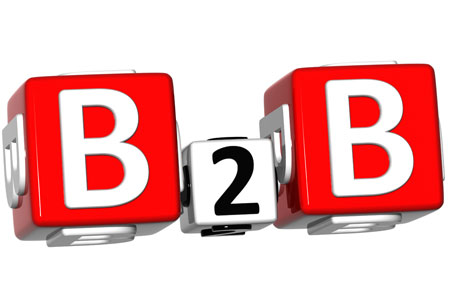THANK YOU FOR SUBSCRIBING
Be first to read the latest tech news, Industry Leader's Insights, and CIO interviews of medium and large enterprises exclusively from CFO Tech Outlook
THANK YOU FOR SUBSCRIBING

By
CFO Tech Outlook | Tuesday, July 17, 2018
Stay ahead of the industry with exclusive feature stories on the top companies, expert insights and the latest news delivered straight to your inbox. Subscribe today.
The conventional way of paying suppliers through checks is still preferred by Americans as the best way to pay suppliers, though with a marginal majority. Automated Clearing House (ACH), wire, virtual and physical cards, and other modes of payment remain within the mix, mainly because each of them compete to take B2B payment market share away from paper. For the vendors, this means that they will have to manage payments by accepting multiple payment channels, based on what their corporate customers prefer.
An analysis published by Karmic Labs and Mastercard suggests that this can ruin small and medium-sized businesses (SMBs). The report also state that many a time vendors face the difficulty of dealing with different mechanisms of payment, thereby increasing the complexity of tracking these transactions, especially the non-electronic modes like check and cash. The report mentions that some small businesses are yet to separate their business expenditure with personal household finances, making a transparent evaluation of cash flow all the more difficult.
With an increase in popularity of B2B e-commerce solutions among the merchants, businesses are unable to ignore their struggle to manage multiple payment rails and payment processes. According to the founder and CEO of Zooz, the difficultly managed multiple payment service providers are present for both B2B and B2C e-commerce players. He adds on to say that merchants want the clients to purchase a product or service, and to achieve that, international e-commerce sectors need to offer local payment methods to their clients.
B2B sellers expanding their base in markets such as China need to support the payments made through Alipay and WeChat. This means, offering a variety of payment channels that leads to the challenge of managing and optimizing global payments operation.
I agree We use cookies on this website to enhance your user experience. By clicking any link on this page you are giving your consent for us to set cookies. More info



